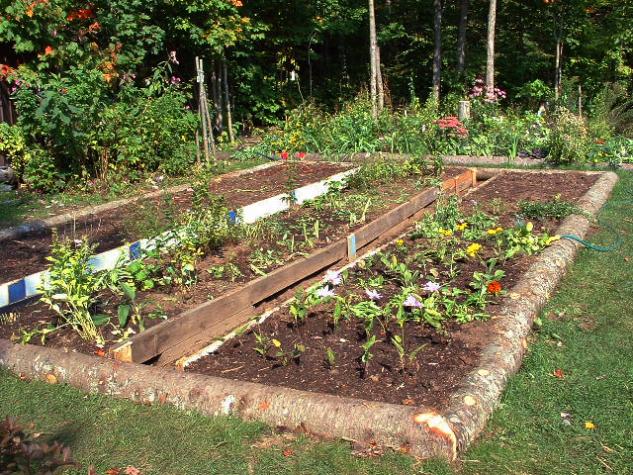
COLUMBIA, Mo. – It could be the memory of shelling peas with your grandmother or a desire for fragrant flowers. It could be as simple as wanting to shave a bit off your food bill. Whatever the reason, you’ve decided to plant your first-ever garden. Now what do you do?
Start with a plan.
“The main concept is to have a concept,” said David Trinklein, horticulture specialist for University of Missouri Extension. “You have to have an idea of what you want to do with the garden.”
Your new garden could be ornamental plants, food or a combination of both. Knowing the kind of garden you want will help you decide where to put the garden.
“Most food crops are full-sun plants, needing at least six to preferably eight hours of direct sun,” Trinklein said. “If you don’t have a sunny spot for your garden, you might want to consider a garden of ornamental plants that love the shade.”
For the beginning gardener, it’s best to start small.
“It’s better to have a small success than a grandiose failure,” Trinklein said.
Now it’s time to get the soil ready.
“You’ll undoubtedly select a spot that already has vegetation on it, so that will have to be killed or removed,” Trinklein said. “Spraying that vegetation with a non-selective herbicide—glyphosate, for example—would be a way to kill it. Once done, remove the dead plant material.”
Next, you should find out if the soil needs fertilizer, minerals or elements.
“I can’t overemphasize the need to know where the soil stands nutritionally and so recommend that the soil be tested,” Trinklein said.
Soil tests for lawns and gardens are available through county MU Extension centers for a nominal fee. For information about collecting and submitting soil samples, contact your local extension center or go to extension.missouri.edu/programs/soil-and-plant-testing-laboratory/spl-soil-analysis/spl-garden-landscape-lawn-soil-test.
You will probably want to add organic material as well as fertilizer.
“I can’t think of a site in Missouri that would not benefit from the addition of organic matter,” Trinklein said. “The very first application should be about 4 inches of organic material worked into the soil, and then a minimum of 2 inches every year after.”
If you have decided to grow food, Trinklein suggests that you choose plants with high nutrient value such as green leafy vegetables or fruiting plants like tomatoes and peppers. Something big and bulky, like watermelon, takes up too much room in a small home garden.
With this year’s growing season a bit behind due to the weather, you can save 10 days to two weeks by buying started plants, Trinklein said. Once the garden is planted, it’s time for simple garden maintenance: pest and weed control, watering and mulching.
You will need tools, but you don’t have to spend a lot of money.
“You don’t have to buy a $500 rotary tiller to begin gardening,” Trinklein said. “You’ll need a shovel to turn the soil, a rake to smooth it and a hoe to eliminate weeds. One would be surprised at how inexpensive it can be to get into gardening.”
The MU Extension Vegetable Planting Calendar (G6201) has information on what vegetables to plant and when to plant them in each of Missouri’s four planting regions. It is available as a free download.
Writer: Debbie Johnson
